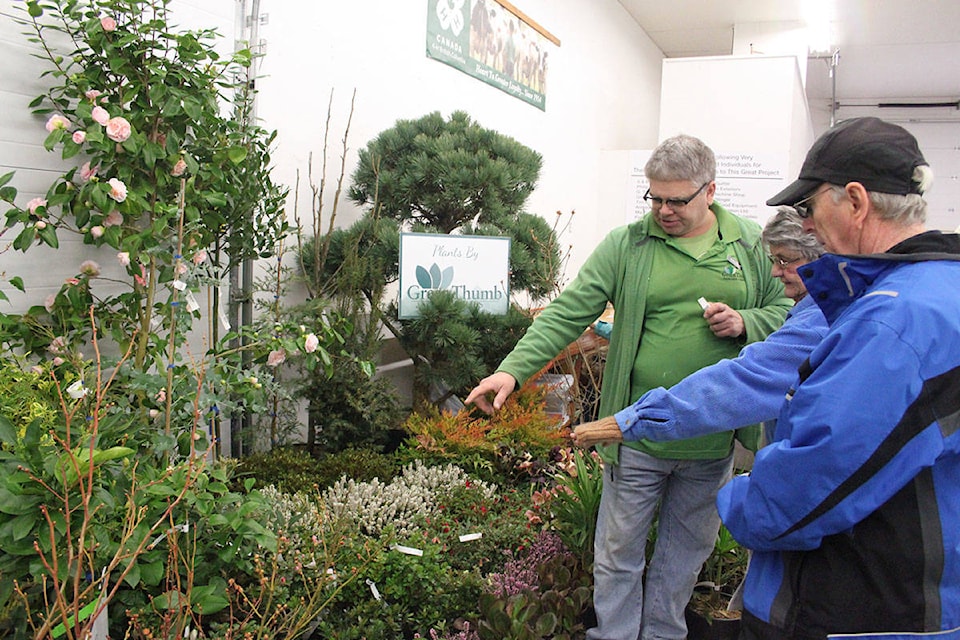Lush, colourful planters can be used to add colour to places that otherwise would be without plants. It takes thought, planning and knowledge to produce good designs.
To be successful, all plants within one planter must have the same cultural requirements. Most importantly, they must require the same amount of water and sunlight. Plants that thrive in a dry location should not be placed with plants that do best in moist soil or the results are likely to be plants rotting or wilting.
Use soil that is formulated for outdoor planters. It should be able to hold some moisture while allowing excess moisture to drain.
The larger the planter, the more soil which results in the ability for the soil to hold more plants and moisture. When pots smaller than 14 inches (36 cm) are used, chances are that they will need to be watered more than once a day in hot weather. Exceptions are self-watering planters that contain a water reservoir on the bottom. Water in the reservoir moves through the soil using capillary action keeping the soil moist without daily watering.
Unless the planter or container is an amazing show stopping piece, it should enhance the plants as opposed to being the focal point. The height of the planter helps determine some of the plants. For a planter to look balanced, the tallest plant should be approximately one and a half the height of the planter at maturity.
The best planters will have a tall plant, plants that cascade over the edge, one eye catching plant as a focal point and filler plants to bring it all together.
Flower and leaf colour should enhance the buildings and landscape. Larger planters usually have one of three color schemes, Monochromatic with all the flowers the same color. White is a popular choice.
Another popular colour scheme is to choose plants that have a similar colour and juxtapose them with a colour from the other side of the colour wheel.
The third is to choose a colour and choose all flowers that are in the same area of the colour wheel. The initial colour could be yellow but the container would contain light yellow, yellow and a light tangerine. A grass with yellow variegation could also be included.
Fill the planters with plants. The season is short and if too few plants are used, fall will arrive before the planter looks lush. If it gets too crowded, plants can always be removed.
Planters do not have an outside source of moisture or nutrients. Be sure to water and fertilize them regularly, as needed. Test the soil by placing the finger below the surface to determine if the soil is wet. Do not water if the soil can be rolled into a ball.
When watering, water the entire surface of the planter until the water runs out the bottom.
Follow the instructions on the fertilizer container and set up a fertilizer schedule to keep the plants growing steadily throughout the summer.
Dead head plants if they start to set seeds. Once a plant sets seeds it is less likely to produce more flowers.
The summer season is short. Make the most out of the planters.
Linda Tomlinson is a horticulturalist who has gardened in central Alberta for over 30 years. She can be reached at your_garden@hotmail.com.
